The plan for 1 million EVs by 2027 is bullshit: Here's why...
Dear Electric Vehicle Council, the real world is filing for divorce. How else do you explain this? Here's why getting one million EVs on Australian roads by 2027 is unfeasible bullshit...
Have you heard the news today? Oh boy. I do love a good lobby group press release.
Anything from a group calling itself a ‘council’ - which is not actually a local government - or even a ‘chamber’ which is not actually one, they're the best kind of lobby group.
They cloak themselves in a language of virtue because and they want you to think that they are in some way official. But they're not.
Oftentimes, these so-called councils are really just pushing their wheelbarrow full of agenda, and they're running uphill into the halls of parliament. But because they're very well funded, they actually make good headway against gravity. And yet academics who call-out climate and EV bullshit barely get a run.
The recent one from the Electric Vehicle Council of Australia is the finest quality of bullshit press release - because it’s draped in greenwashing virtue. Take a look.
Can you see what’s not being said here? (Image: Twitter)
According to the EV Council’s press release:
100 companies lead the charge for one million EVS by 2027.
It's exciting stuff. Behyad Jafari is, of course, the CEO of the EV Council of Australia and he's holding up the double-page spread which the EVC published in The Age on October 31.
That is a list of those 100 companies and it is really interesting. Here it is in higher resolution:
Who exactly is leading this charge for this ambitious goal of one million EVS by 2027?
Let’s start with AGL, which operates nine hydrocarbon power plants.
There’s Delta Energy, which is among this century of planet saving virtue peddlers, was of course recently granted a two-year exemption on oxides of nitrogen emitted by its Vails Point Power Station on the New South Wales Central Coast. (Although it’s owned and operated by Sunset Power International, FYI). Quite interesting, isn’t it?
They described that and of course Delta Energy as not an environmental issue, thanks to the NSW EPA. That's almost big tobacco speak, isn't it?
How fake news on cars, emissions and climate action really works >>
Anyway, Origin Energy is another one of these virtue peddlers, ‘charging’ head-long to a million EVs. Origin is of course a major supplier of coal-fired electricity as well as methane and LPG. How can they look themselves in the mirror and be part of the Electric Vehicle Council? I guess money talks.
Oz Grid is there as well: they're the maintainers and operators of the grid - which would, of course, collapse if we just went and got a million EVs on the road and everyone went home at five o'clock and tried to recharge them. So that could be fun.
Transurban is up there; the great taxpayer leech is giving it to you.
Custom Fleet, SG Fleet and Pepper Money are there too. They really are environmentally virtuous, aren't they? Or perhaps just thinking they just want to write the finance for all of these pretty high-priced EVs that are coming out at the moment. Could be that.
Oh, and there's a little company you've never heard of there as well, called MSR (Motorsports Safety and Rescue). Most motorsport, of course, is hydrocarbon-powered and MSR's recent specialty is managing press fleets and press events for car companies, the majority of which are hydrocarbon obviously.
So they're leading the charge as well for this million EVs. It's amazing isn't it.
National greenwashing champions: the tyre industry >>
In addition to this mix of vested, yet conflicts of interest, Mr Jafari says:
We know Australians want the transition to electric vehicles to speed up…
Do they? I’d suggest no, they probably don't, not as much as you think. People vote with their wallets, and when you look at the actual sales figures, Ranger, Hilux, D-Max and LandCruiser make up four of the top 10 vehicles being sold in this country, every month.
Utes represent 51 of those top 10 vehicle sales, despite being only four vehicles, so what Australians actually want are big filthy CO2 belching diesels. That's ontologically true.
Why? That's what they buy because that must be what they want, probably because those vehicles do the job required, or satisfy some other primal urge. Unlike electric utes and pick-up trucks, which are flawed >>
There's a lot of virtue signaling here, but when the money actually comes out, you see what people want.
Reverse-engineering the LDV eT60: Australia's first electric ute >>
Sorry, Mercedes: Here's why your eVito electric courier van sucks >>
My AutoExpert AFFORDABLE ROADSIDE ASSISTANCE PACKAGE
If you’re sick of paying through the neck for roadside assistance I’ve teamed up with 24/7 to offer AutoExpert readers nationwide roadside assistance from just $69 annually, plus there’s NO JOINING FEE
Full details here >>
AutoExpert DISCOUNT OLIGHT TORCHES
These flashlights are awesome. I carry the Olight Warrior Mini 2 every day - it’s tiny, robust, and super useful in the field or in the workshop. Olight is a terrific supporter of AutoExpert.
Use the code AEJC to get a 12% discount >>
Generators suck! Go off-grid with AutoExpert BLUETTI PORTABLE POWER STATIONS
Need mobile, reliable power? If you’re camping, boating, caravanning or building a dirty big shed in the back paddock, and you need to run a refrigerator, lights, air conditioner, cooking, and/or a bunch of tools - Bluetti has a clean, tidy, robust solution…
Get your AutoExpert free shipping discount here: https://bit.ly/3n62heK
THE REALITY OF BATTERY DEMAND AND LITHIUM SUPPLY
When you look at those other vehicles in the top 10 there's only one vehicle which currently is even available as an EV, and that would be the MG ZS EV and only a tiny proportion of its sales are the electric one. Most MG ZSes sold would be the combustion one.
Then there's other big fat vehicles like CX-5 and Sportages which are both pretty nice vehicles, but not available in any kind of enviro-flavored context. We’ve only just got the Hyundai Santa Fe hybrid and Kia Sorento hybrid, so there's that.
Now, to get to a million electric vehicles on the road by 2027, we'd have to sell 50,000 in 2023, and then double it after that, which would be about a 100 percent increase in sales, incidentally, to 100,000 units in 2024. Then we'd have to sell about 275,000 electric vehicles in 2025, 2026 and 2027 inclusive.
More than one-in-four vehicles would need to be sold to get to a million in just four years.
Let me know just how feasible you think this ambitious press release actually is, because I'm voting: off with the fairies, score 13 points out of 10 for ‘dreaming’.
Electric vehicle prices will soar. Here's why… >>
Let's hear from Sinead Kaufman. She's the lithium boss of Rio Tinto and here's what she said at an industry conference on battery manufacturing and lithium supply back in September, in Western Australia.
She said:
battery materials in Rio Tinto has really been dedicated to trying to build, at scale, a portfolio of mining assets across lithium but also other critical minerals and battery materials
We see, as others do, an enormous demand for lithium as a building stock for lithium- ion batteries. Forecasts show that light electric vehicles will make up about 50 percent of the light vehicles on the road by 2030…
This all sounds very plausible to me, but Ms Kaufman added:
which means that lithium consumption needs to surge way above anything that's currently been planned to be mined.
So they don't know how they're going to get it out of the ground to meet the demand, essentially.
According to the US Geological Survey 2019, Australia mined 51,000 tonnes of lithium in 2018.
How often do you hear a mining company suggest they’re having difficulty pulling resources out of the ground, so to speak? Think of the boon for shareholders if they could meet that further 50 per cent demand increase for lithium.
Australian lithium is ore mined (dug up from the ground and processed), whereas nearest competitor Chile uses salars (salt deserts), by pumping it from underground saltwater lakes to the surface to evaporate the water, leaving the lithium behind.
Ms Kaufman continued:
With every project in the world that's projected to come on, we'll still be short by 50 percent of the amount of lithium that's required to build the electric vehicles.
So my question to Mr Jafari and the Electric Vehicle Council’s lauded 100 companies associated with this press release would be - exactly how the hell is this so-called ‘plan’ even feasible?
How can you inflict this plan on the public and how is it not divorced from reality?
It's fine for these energy companies like Origin energy and Delta energy and AGL, and these finance companies, to thoroughly greenwash themselves by getting behind this plan. But when you've got an executive at the top of Rio Tinto in this emerging field whose only objective is rip those minerals out of the ground and sell them to factories to make batteries, how do you plan to make all that lithium appear?
Ms Kaufman and Rio Tinto have every reason to profit from this so-called EV plan of yours, but she's suggesting with every project in the world that's projected to come on we'll still be short by 50 percent of the amount of lithium required to build the EVs.
Mr Jafari also said:
Australian business understands that transport should be doing its share of heavy lifting on the path to net zero…
At least he didn't say ‘carbon was the enemy’ like Toyota. I suppose we should be thankful for small mercies.
If we don't put a big dent in our transport emissions by getting more EVs on the roads or put unsustainable pressure on other sectors like farming manufacturing construction Mining and energy
And energy? And energy.
The energy sector is the national greenhouse disgrace in Australia - it just is. Roughly half of the country's greenhouse emissions are from coal-fired power stations and other forms of so-called stationary energy.
If we got out Harry Potter's magic wand and changed every car to an EV right now, every light vehicle in the nation to an EV, there would be a reduction in greenhouse emissions of eight per cent.
CARS and CARBON: The truth about how much our cars really emit - and taking real climate action
There’s your greenhouse problem: AGL’s flagship brown coal Loy Yang power plant in Victoria.
So if we don't ‘do our heavy lifting’, how much pressure is this actually going to put on the energy sector?
Just wondering, would this comment perhaps be motivated by the fact that there are all those coal-fired hydrocarbon burning bastard organizations as members of the electric vehicle council and among this list of 100 companies?
Have a think about what might actually be the motivation behind the statements that organizations like this make. Perhaps it’s about demonising the car industry to take the spotlight off those filthy, environmental scumbag energy companies.






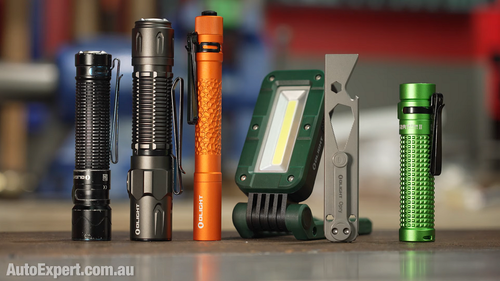

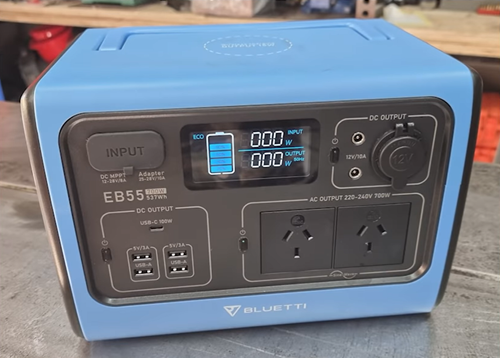
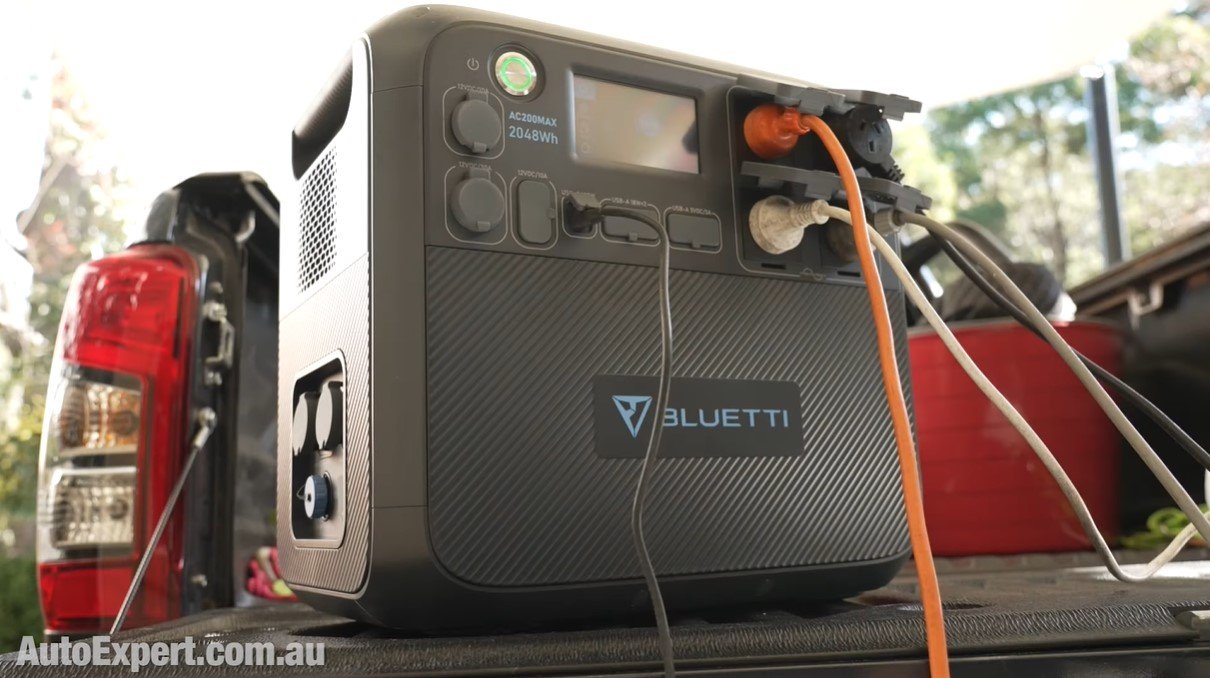

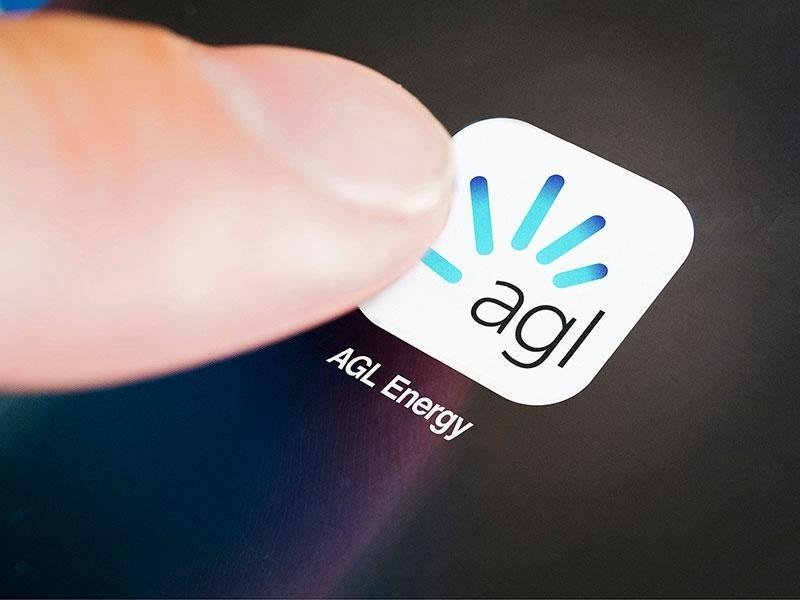
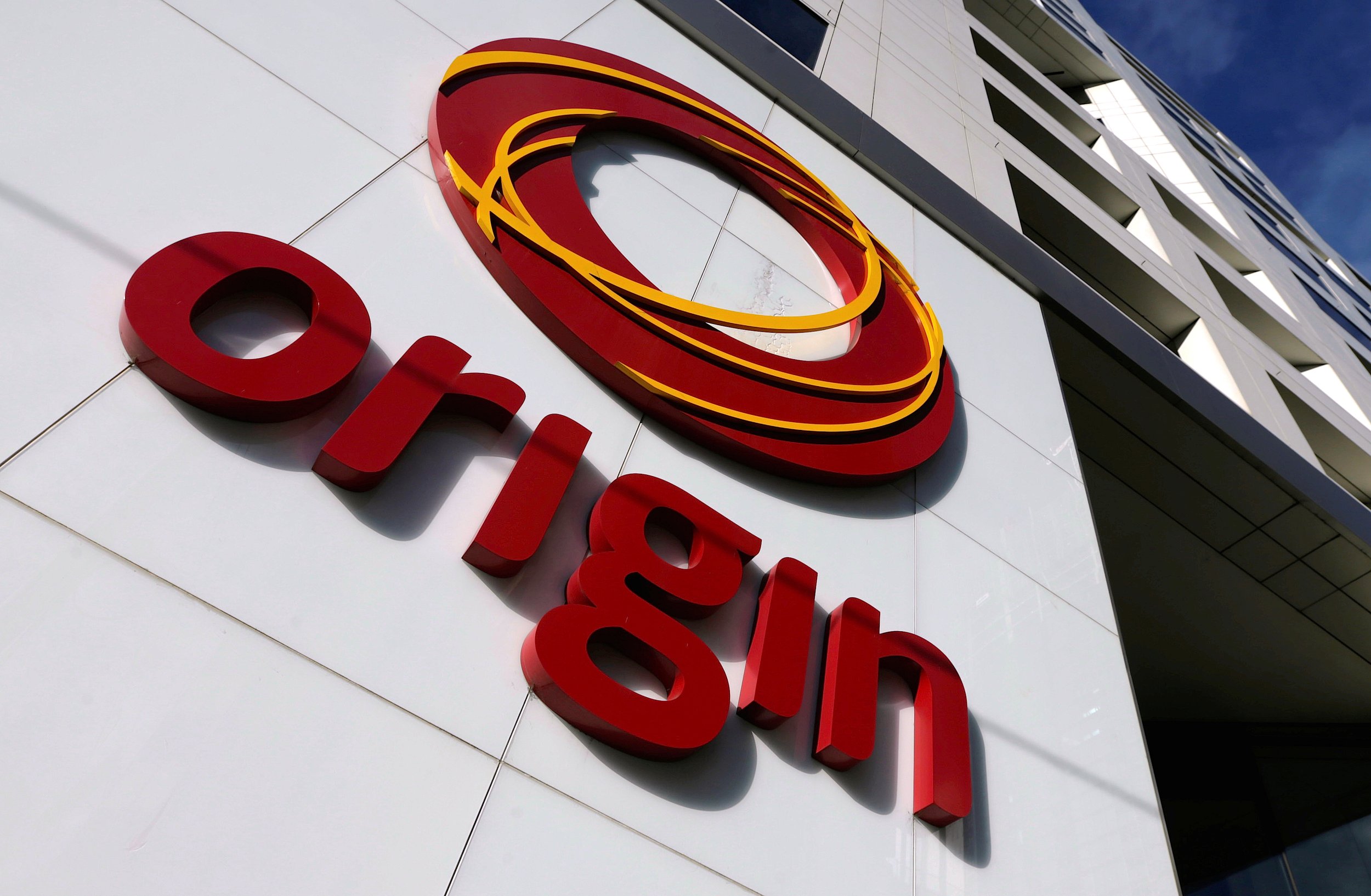
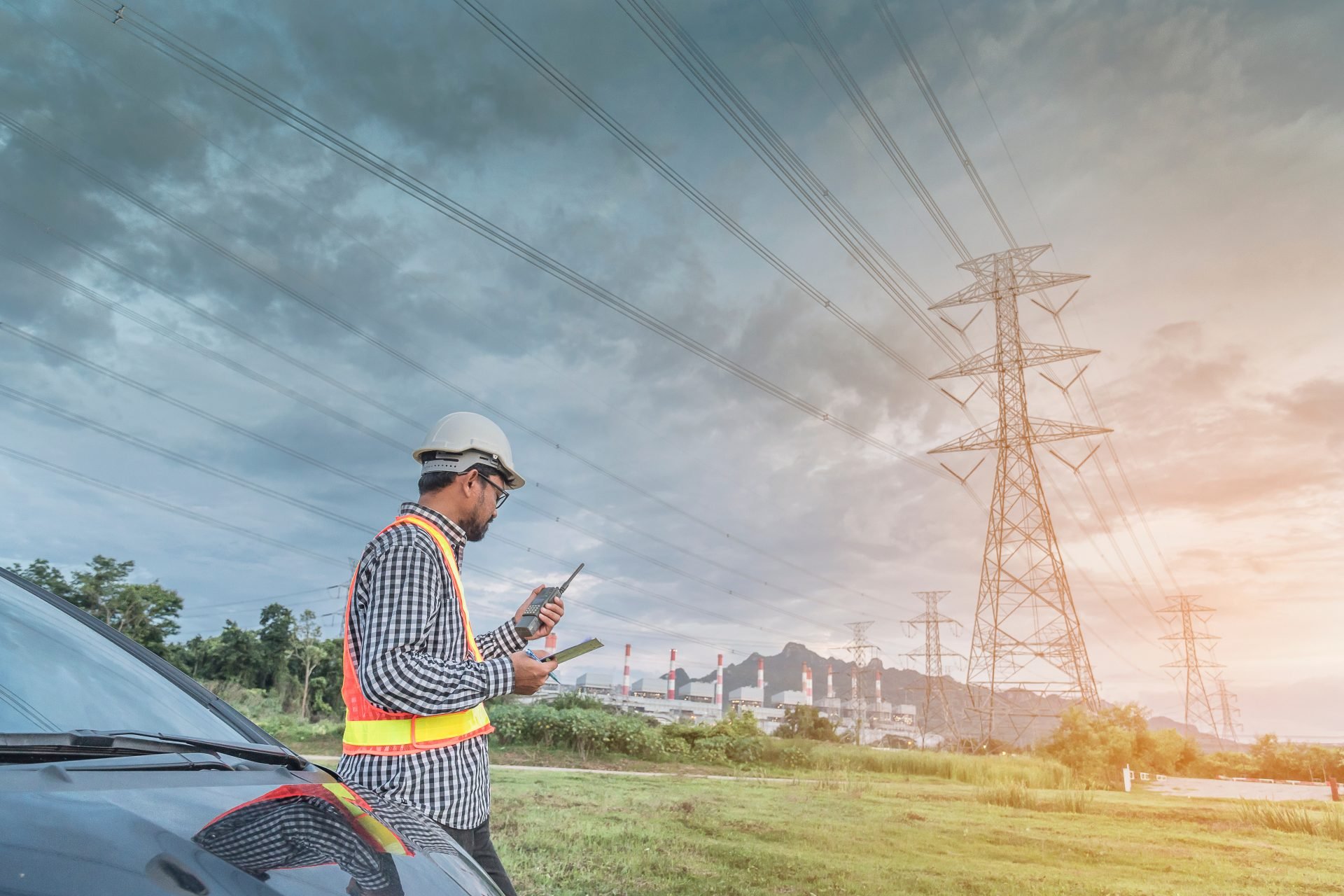
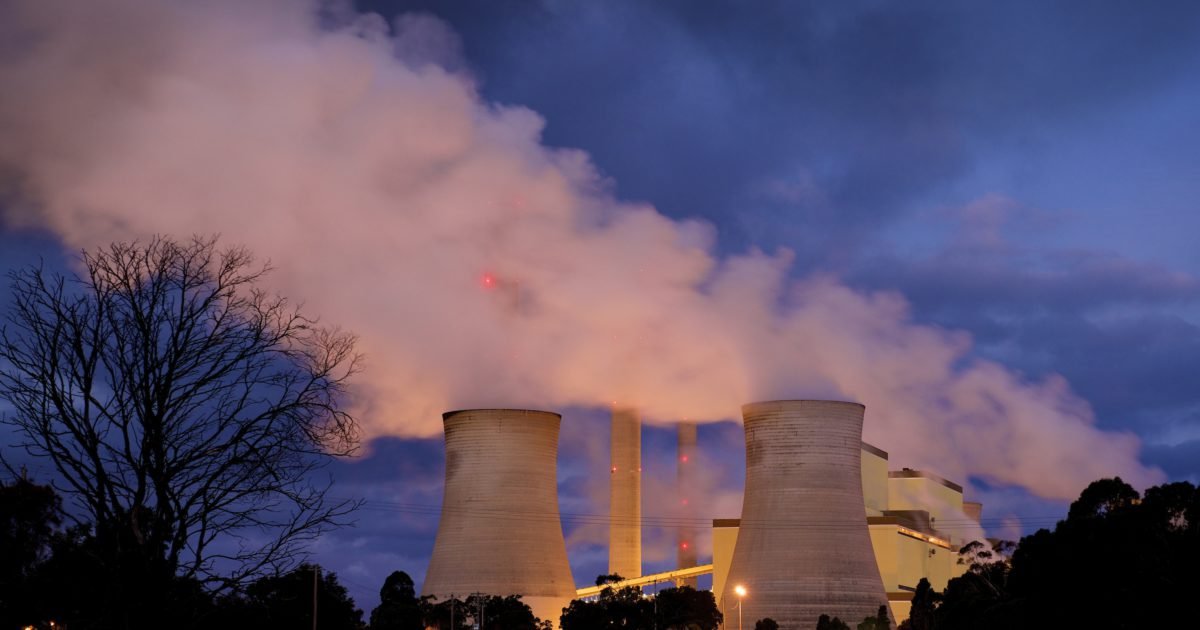











If you’re thinking about buying a small SUV, the Kia Seltos is a well-built, reliable example, with engine choices between ordinary daily commuting or sportier driving. See if the affordable, frugal Seltos is right for you.